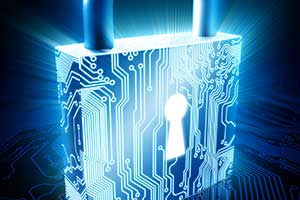Intellectual Property Issues Related to PCB Card Reverse Engineering From the three main reverse engineering behaviors discussed above, we can see that the PCB Card reverse engineering mainly involves the infringement of the intellectual property rights of the original layout design.

From the current status of the implementation of pcb card reverse engineering in the industry, this kind of infringement is objective. Some manufacturers obtain the original PCB layout design through pcb card reverse engineering, driven by economic interests, the original layout design apply directly to industrial production without modification, or use the specific functional modules of the original layout design plus some conventional design factors to form a so-called new PCB board layout design for production.
These two behaviors can be regarded as the circuit board copying, but this kind of execution is not a pcb copy in the usual copyright sense. The action in the copyright sense refers to the layout design, cloning and remanufacturing, etc. of the layout drawing, gerber file, bill of material and schematic diagram. The use of drawings in the form does not include the manufacturing of printed circuit board according to the engineering design drawings and schematic drawings, and the reproduction of the pcb board refers to the repeated production of pcb boards containing pcb layout designs or products containing pcb boards.
Such a simple PCB reverse engineering behavior should be able to determine its infringing nature in jurisprudence. However, because existing laws have defects in identifying the right to design a PCB, it is difficult to determine the violation of such behavior in judicial practice.






